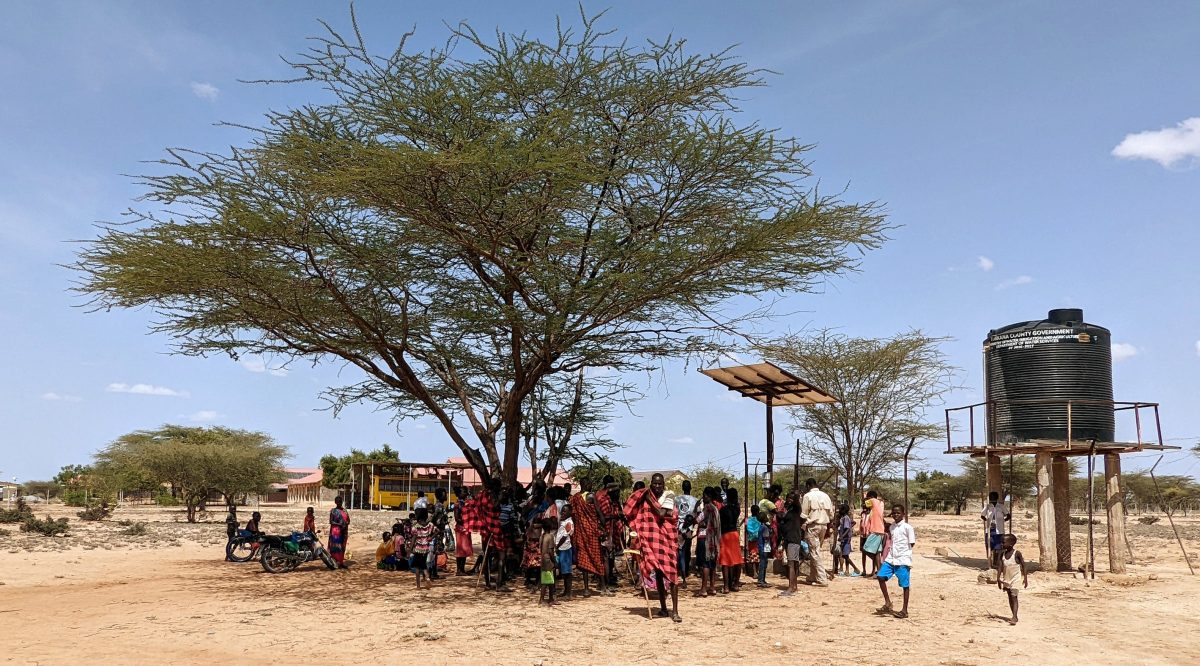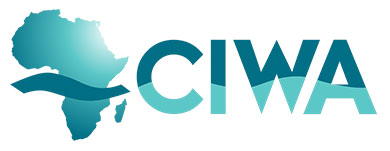Invisible Bonds: Resilience Building in the Horn of Africa’s Borderlands
Posted in : Blog on 22 August 2022

It is often said that ‘a picture is worth a thousand words’. This is particularly the case in the Horn of Africa’s (HoA) borderlands, where images can send an unequivocal message as to the value of water both as part of local and regional approaches to resilience building.
Maps and the use of geographical information systems (GIS) are also key tools in understanding the value of ‘unseen’ resources such as groundwater, a topic that will be at the forefront of the discussions among international water experts at the upcoming World Water Week in Stockholm, Sweden.
The HoA is a deeply interconnected region, particularly around cross-border areas. In addition to the cross-border movements of pastoralists, market networks and trade, groundwater constitutes a prime example of the invisible bonds that link these countries together. The region is known to have 11 transboundary aquifers (TBA), which often coincide with areas of internal displacement and refugee camps, as well as key livestock trading routes. Several TBAs also coincide with ‘clusters’ of cross-border cooperation in development work, led by the Inter-governmental Authority on Development (IGAD) (Figure 1), highlighting linkages between water resources, fragility, and livelihoods resilience in cross-border areas.

How can development practitioners more effectively address the unprecedented challenges of building resilience in complex settings?
While there is no easy answer to this question, enhancing regional integration efforts is key, in particular, moving towards collaborative management and cooperation around groundwater resources. The extreme drought conditions experienced in the region over the last few years, more recently in Somalia for example, indicates that action on this front is more urgent than ever before.
As countries around the world are increasing their national post-COVID rebuilding and recovery efforts, it is imperative not to lose sight of the broader, regional perspective. Regional cooperation is key for unlocking the potential of development solutions, particularly in fragile transboundary areas. In regions such as the HoA, these are areas characterized by marginalization, conflict and fragility, often linked to the impact of multiple, concurrent shocks and stressors- most recently by the ‘triple threat’ of climate change shocks, desert locust and the pandemic.
Identifying ‘win-win’ solutions that have positive spill-over effects across borders can be crucial to building back better, and ensuring sustainability.
A stocktaking exercise on the World Bank’s resilience portfolio in the HoA, supported by the Cooperation in International Waters in Africa (CIWA) Program, found that addressing multiple shocks and deficits requires both regional solutions and geographically focused actions. In other words, resilience-building requires effective coordination across scales, by engaging stakeholders at the community, sub-national, national and regional levels.
This cross-scale perspective is crucial in tackling the increasing challenges posed by climate change, and to further promote and highlight the role of groundwater in fragile contexts.
Experiences such as the Regional Pastoral Livelihoods Resilience Project (RPLRP), the Development Response to Displacement Impact Project (DRDIP), and the Nile Cooperation for Climate Resilience Project suggest that effective partnerships and political incentives are key to advance cooperation and resilience building in the HoA, particularly when executed in tandem. They also suggest that addressing Fragility, Conflict and Violence (FCV) considerations is at the core of resilience building efforts.
These ideas are presented in a novel conceptual framework, the ‘Transboundary Resilience Framework’ (T-Res) (Figure 2), developed based on knowledge and experience derived from WB projects to enhance the design of transboundary resilience initiatives from an integrative, multi-sectoral perspective.
The T-Res Framework has two main components:

Resilience Levers: are the project’s focus points to bolster transboundary resilience. They correspond to key thematic areas addressed through the project’s activities:
- Livelihoods, Markets and Trade
- Natural Resources
- Social Cohesion
- Institutions and Governance
- Disaster and Risk Management
- Infrastructure
Source: Ospina, A.V., De Nys, E. 2022. “Invisible Bonds: Transboundary Resilience Building in the Horn of Africa—Lessons from World Bank Regional Projects and Advisory Services and Analytics.” World Bank, Washington, DC.
Transboundary resilience requires strong national capacity and robust regional platforms, as well as a solid approach to gender equality and social inclusion. At the regional level, important coordination efforts are already underway, including the Horn of Africa Initiative (HoAI) and IGAD’s Drought Disaster Resilience and Sustainability Initiative (IDDRSI).
- The Horn of Africa’s Initiative (HoAI) emerged to deepen regional integration and coordination among countries in the region. Composed by Djibouti, Ethiopia, Kenya, Somalia, Eritrea, Sudan and South Sudan, with the support of the African Development Bank (AfDB), the European Union (EU) and the World Bank Group (WBG), the HoAI is placing an increased emphasis on its Resilience pillar, with $1.3 Bn identified as necessary to aid in addressing fragility and climate-related shocks.
- IGAD’s Drought Disaster Resilience and Sustainability Initiative (IDDRSI), a holistic and comprehensive plan aimed at building resilience in vulnerable communities against the effects of recurring drought, and fostering growth and sustainable development, is strongly rooted in cross-border cooperation, complementing IGAD’s role facilitating and enabling regional collaboration.
The future of transboundary resilience, particularly around shared resources such as groundwater, depends largely on the potential capacity of relevant institutions to act effectively across scales, and their ability to enhance regional integration efforts. Going forward, fostering stakeholder dialogue, embedding trust, and building relationships underpinned by equitable information and knowledge sharing, will be pivotal for the Horn of Africa to build back greener and develop resilient development pathways.
Stay tuned for an upcoming post on the use of the T-Res Framework in practice, as part of the design of the regional HoA Groundwater for Resilience (GW4R) Program, a recently approved initiative involving Somalia, Ethiopia, Kenya and IGAD.


